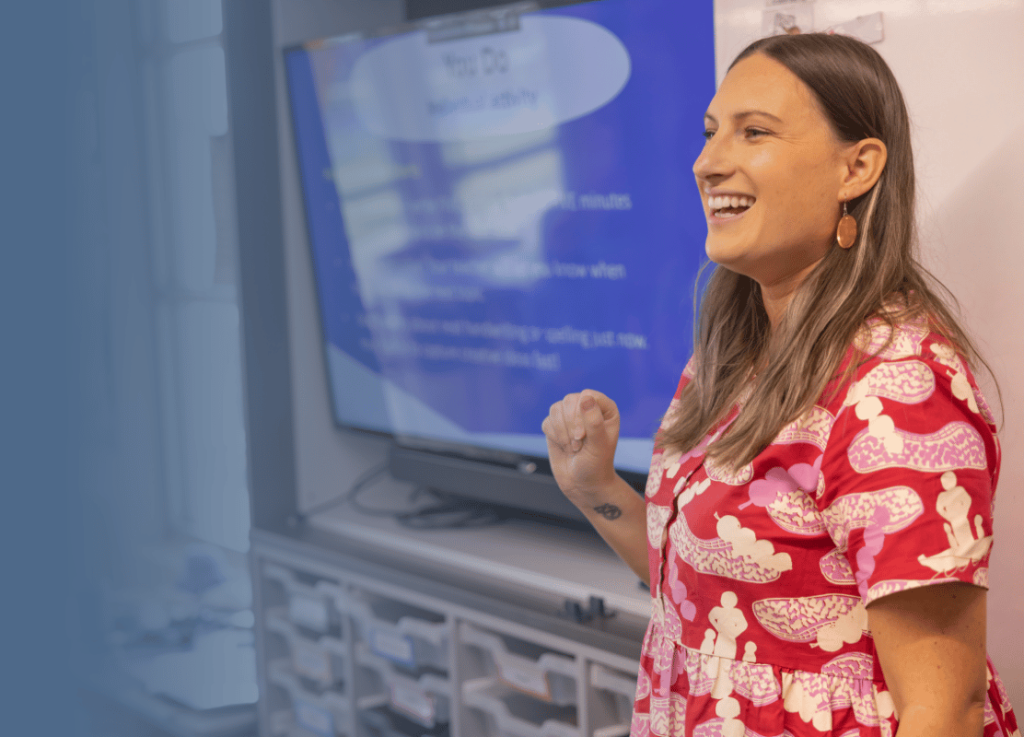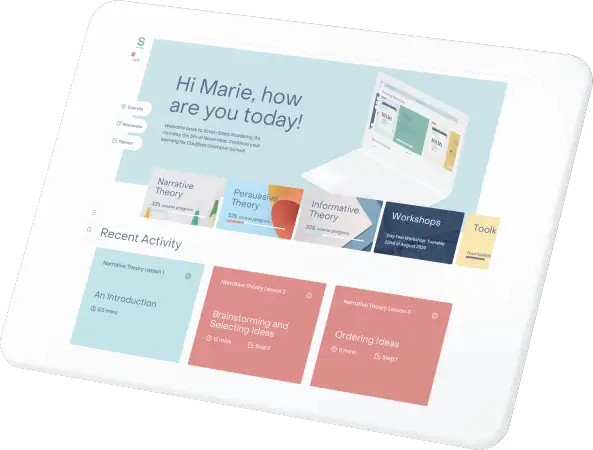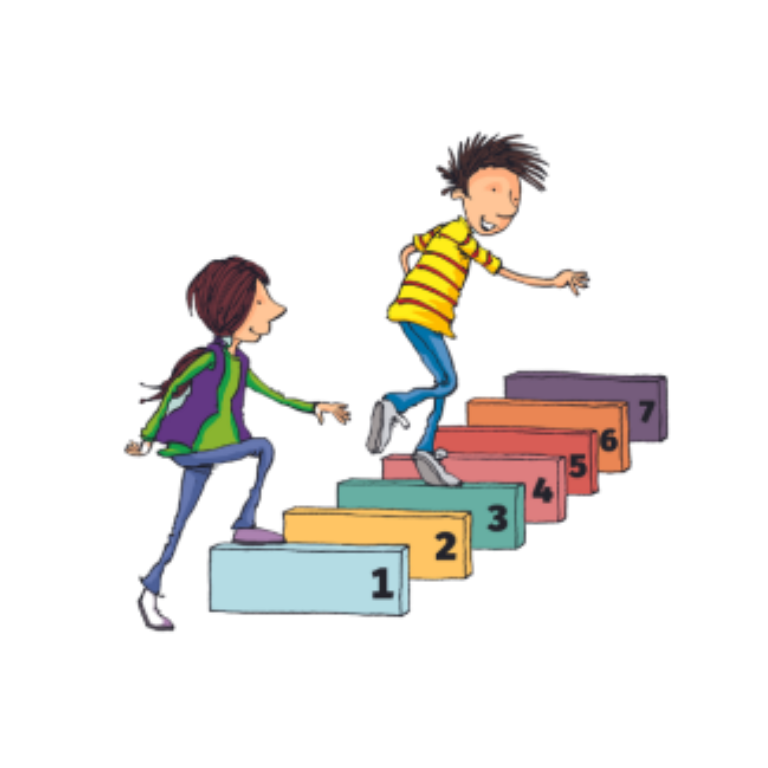Breaking news… informative writing doesn’t need to be boring! You can have fun with facts!
We all know that feeling you get when you’ve just read a pile of information reports on the Great Barrier Reef or factual recounts of last week’s excursion − and they all sound the same.
While the primary purpose of informative writing is to give the reader information, however, it’s important to provide more than just facts in order to evoke the reader’s emotion.
Encourage your students to make an impact! Adding humour, energy and fun, helps to ensure the reader takes the information on board.
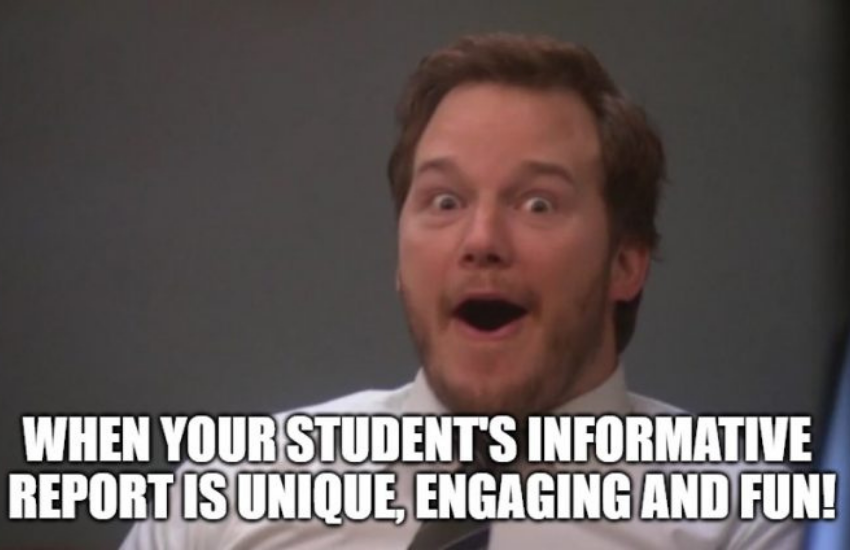
Can you imagine your students handing in science reports with attention-grabbing insight and vivid descriptions that paint exquisite word pictures? All unique, all engaging.
We are flooded with information on a daily basis, so hooking the reader in is an essential skill for students to learn as part of creating a great informative text. So how does this look in the real world?
Let’s take a closer look at Ben-Barak and Frost’s picture book, Do Not Lick This Book.
Do Not Lick This Book
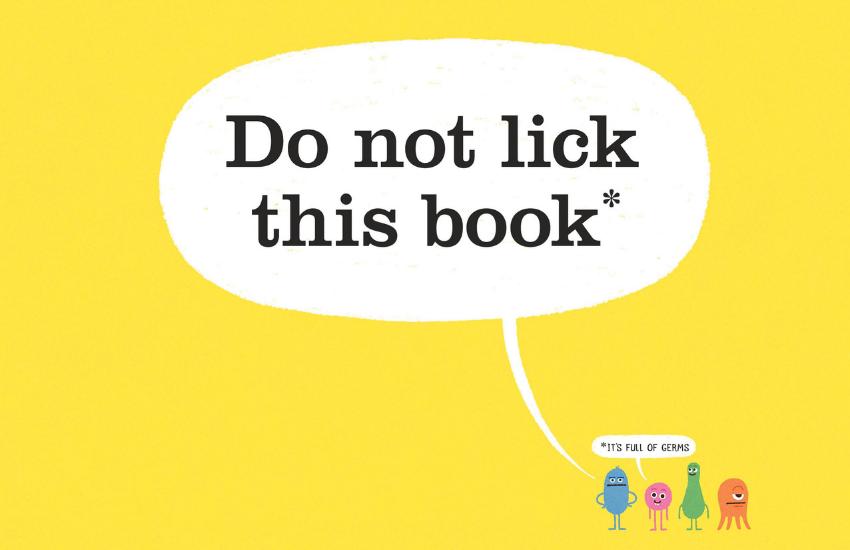
Telling kids to wash their hands is one thing, but what if you could show them why it is so important? I’m sure, as teachers, this sounds like a dream come true!
The 2018 winner of the Eve Pownall Award, Don’t Lick This Book, is a perfect example of conveying information effectively through descriptive writing – or, in Seven Steps language, Step 5: Show, Don’t Tell.
1 in 5 people don’t wash their hands and of those who do, only 30% use soap.
In this funny and interactive picture book, the reader takes Min the microbe on an adventure, picking up a whole array of different germs along the way.
The close-up shots of teeth, clothes and skin literally show the reader what life looks like under a microscope, while the ease with which germs can be spread is clear from the accompanying story.
By showing rather than telling the reader, this informative text transforms an age-old message that most people ignore into a fun and engaging call to action.
I challenge you not to wash your hands after you finish reading!
Step 5: Show, Don’t Tell Action Activity
Once students are suitably grossed out by the fact that there are germs everywhere, introduce the following topic:
What would life be like if there were no microbes?
Get students to research the topic in groups, this article by INSH is a good place to start.
*The video at the top of the page no longer works, don’t worry, scroll down and have a read of the article.
- Ask each group to share their findings with the class.
- Make a class list of the top ten findings.
- Ask the groups to brainstorm how they could add humour, energy and impact to the facts to show, rather than tell the reader what life would be like.
Get students to use the results of the group brainstorm to write a paragraph individually. Share some of the best examples with the class.
Want more ways to have fun with facts?
